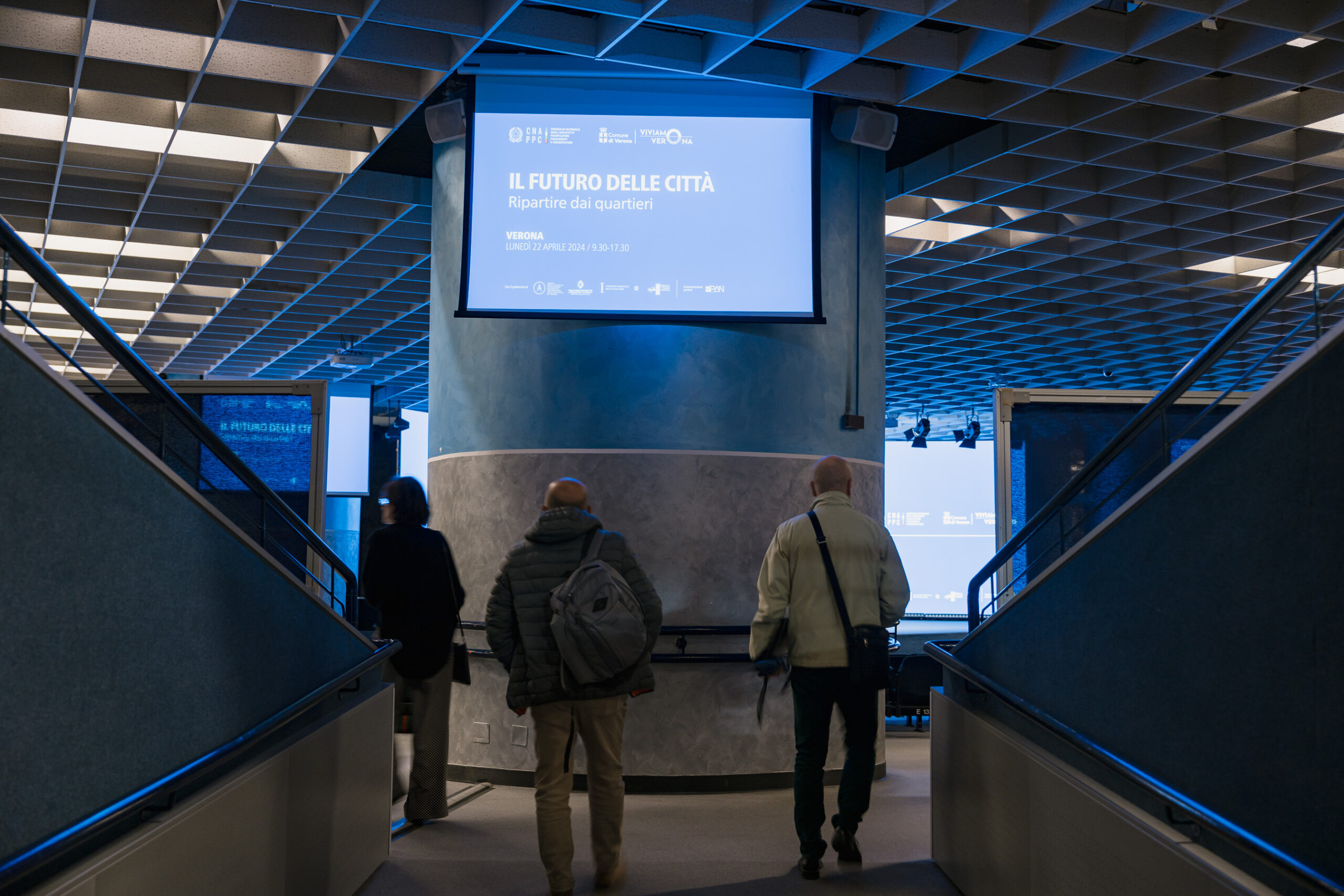Manifesto

A Decalogue for Reimagining Urban and Territorial Spaces
1. Build a Proximity- Based Approach
We aim to construct an ap- proach where proximity is the key to a new geographic econ- omy of sustainable proximity. By developing the “15-Minute City | 30-Minute Territory” and its various iterations as “X-Minute Cities | Territories”, we can create urban environments where all essential services, amenities, and workplaces are accessible within a short distance by foot, bike, or public transport. This model reduces the need for long commutes, reduces traffic congestion, and fosters healthier, more connected communities. By prioritizing proximity, Italian cities can create environments that are more sustainable, livable, and centered around the needs of their residents.
2. Expand to the 30-Minute Territory
Adopt the “30-Minute Territory” approach to extend the principles of proximity beyond city centers to broader regional contexts. This concept encourages the development of interconnected territories where critical services and opportunities are accessible within a 30-minute travel radius, promoting balanced growth and reducing regional disparities. Italy can support a more integrated and cohesive national territory by strengthening links between urban and rural areas.
3. Enhance Public Transportation and Mobility Networks
Develop comprehensive public transportation systems that connect cities and regions within a short travel radius. Prioritize investments in efficient, sustainable mobility options, such as electric buses, regional trains, and bike-sharing programs. A well-connected mobility network is essential for implementing the “x-Minute City” and “x-Minute Territory” models, reducing reliance on cars, and promoting accessibility and inclusivity.
4. Promote Green and Public Spaces
Integrate ample green spaces, parks, and public areas into urban and rural planning. These spaces are essential for enhancing quality of life, promoting physical and mental health, and fostering social cohesion. In rural areas, preserving natural landscapes and creating accessible recreational regions will support the well-being of local communities while enhancing ecological sustainability.
5. Your Support Local Economies and Cultural HeritageGoes Here
Strengthen local economies by promoting small businesses, artisans, and cultural activities that reflect Italy’s rich heritage. Protecting and integrating cultural and historical assets into urban and territorial planning ensures that development respects and enhances the unique identities of different regions, fostering pride and boosting local economies.
6. Foster Inclusive Architecture, Urban and Territorial Planning
Adopt inclusive planning processes that engage local com- munities in decision-making, ensuring that development meets the diverse needs of all residents. Emphasize participation from underrepresented groups to create more equitable and just urban and rural spaces. Inclusive planning leads to environments that are responsive to the needs of all, enhancing social cohesion and resilience. To reach these aims, it will be necessary to reformulate the architectural language and roles in time, space, mobility, and technology in terms of “structure, grammar and syntax,” reaffirming the relevance of Vitruvius’s “firmitas, utilitas, venustas”.
7. Leverage Technology for Smart and Connected Territories
Utilize technology to create smart, connected cities and ter- ritories that optimize resources, improve public services, and enhance residents’ quality of life. Implement digital solutions for traffic management, energy efficiency, and public safety to support the goals of the
“x-Minute City” and “x-Minute Territory.” Smart and Innovative technologies can make regions more adaptive and responsive to changing conditions and needs.
8. Build Climate-Resilient Communities
Incorporate climate resilience into urban and territorial planning to prepare for and mitigate the impacts of climate change. This includes developing infrastructure that can withstand extreme weather, promoting renewable energy, and enhancing green infrastructure. Resilient planning helps safeguard communities against environmental challenges and contributes to a sustainable future.
9. Advance Well-being, Social Cohesion and Equity
Design urban and rural spaces that promote well-being and social equity, ensuring access to affordable housing, healthcare, education, and public services. By focusing on the needs of all residents, Italy can create inclusive environments where everyone can thrive. Social cohesion requires designing spaces to encourage community interaction, cultural exchange, and mutual support. By prioritizing the needs of marginalized and underserved groups, Italy can build resilient communities that promote unity and shared prosperity.
10. Innovate Governance and Policy Frameworks
Advocate for governance reforms and innovative policy frameworks that support sus- tainable urban and territorial development. Update regulations to encourage the creation of “x-Minute Cities” and “x-Minute Territories,” streamline processes for sustainable projects, and provide incentives for environmentally friendly practices.
Effective governance is crucial for realizing the vision of a con- nected, resilient, and sustainable Italy.

